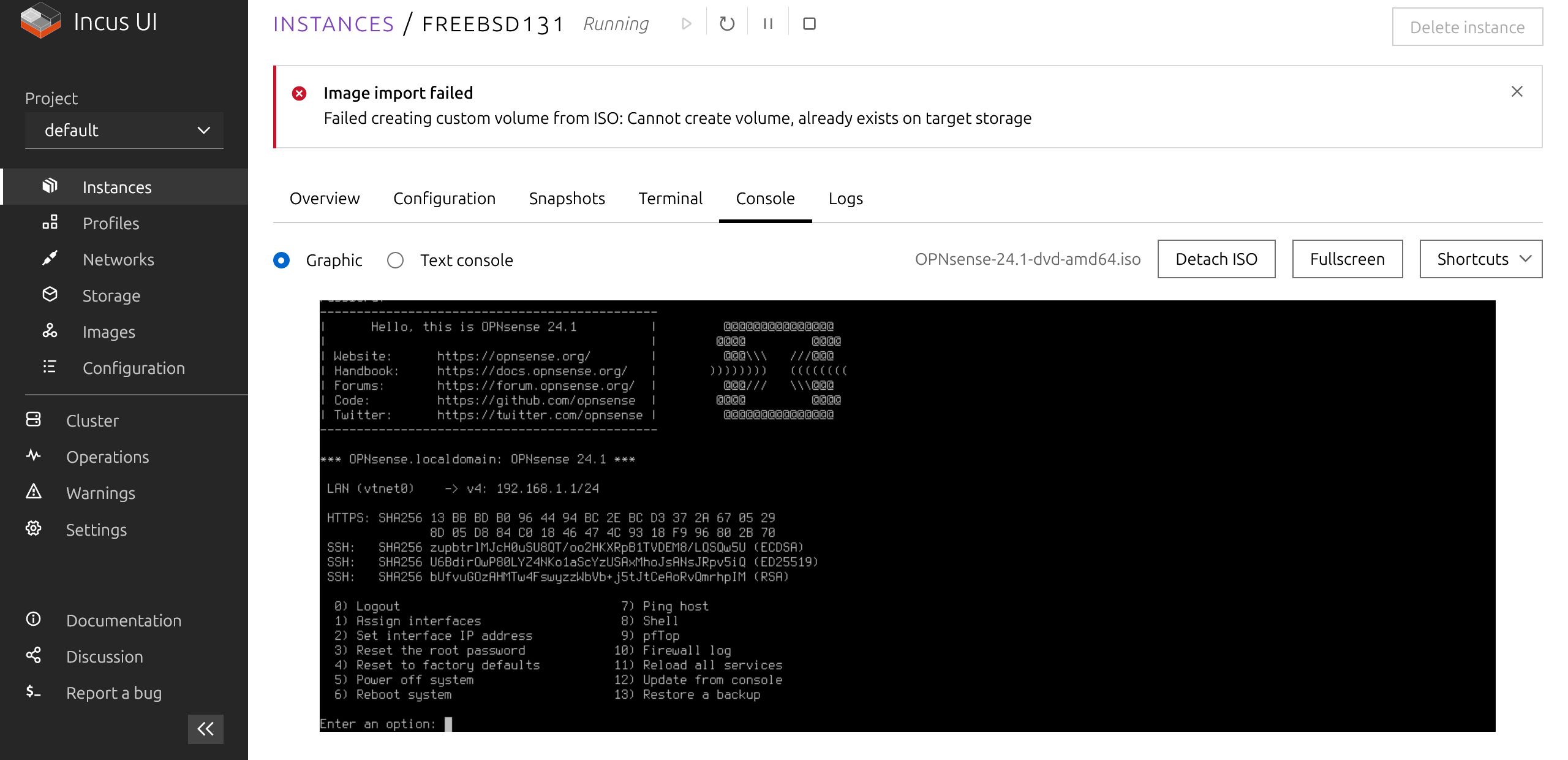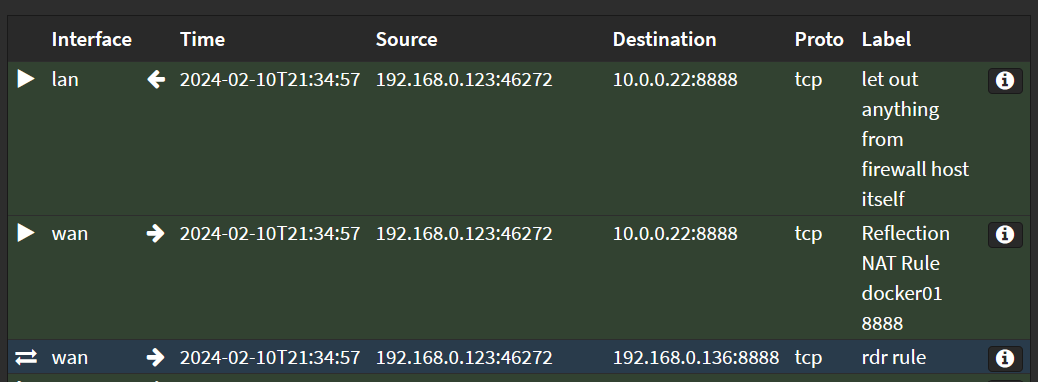Nextcloud doesn't like changes on disk in its own file structure, but you can mount "external storage" where Nextcloud is okay with changes and happily scans the location when you access it (a network share, or a local file path also works; SMB share will probably get you around the permissions problem though.)
Don't know about immich as I haven't used it, but you will probably have to decide on one of the two services to be "in charge" of the files, I think.



Okay, I think I found a bit of a catch with Incus or LXD. I want a solution with a web UI, and while Incus has one, it seems to have access control either browser certificate based or with a central auth server. Neither are a good solution for me - I would much prefer regular user auth with the option to use an auth server at some point (but I don't want to take all of this on all at once.)
I hope it's okay that I keep coming back to you with these questions. You seem to be a strong Incus-evangelist. :)
I guess I could only expose the web UI on localhost and create an SSH tunnel in order to use it...? Not so good on mobile though, which is the strongest reason for a webui.